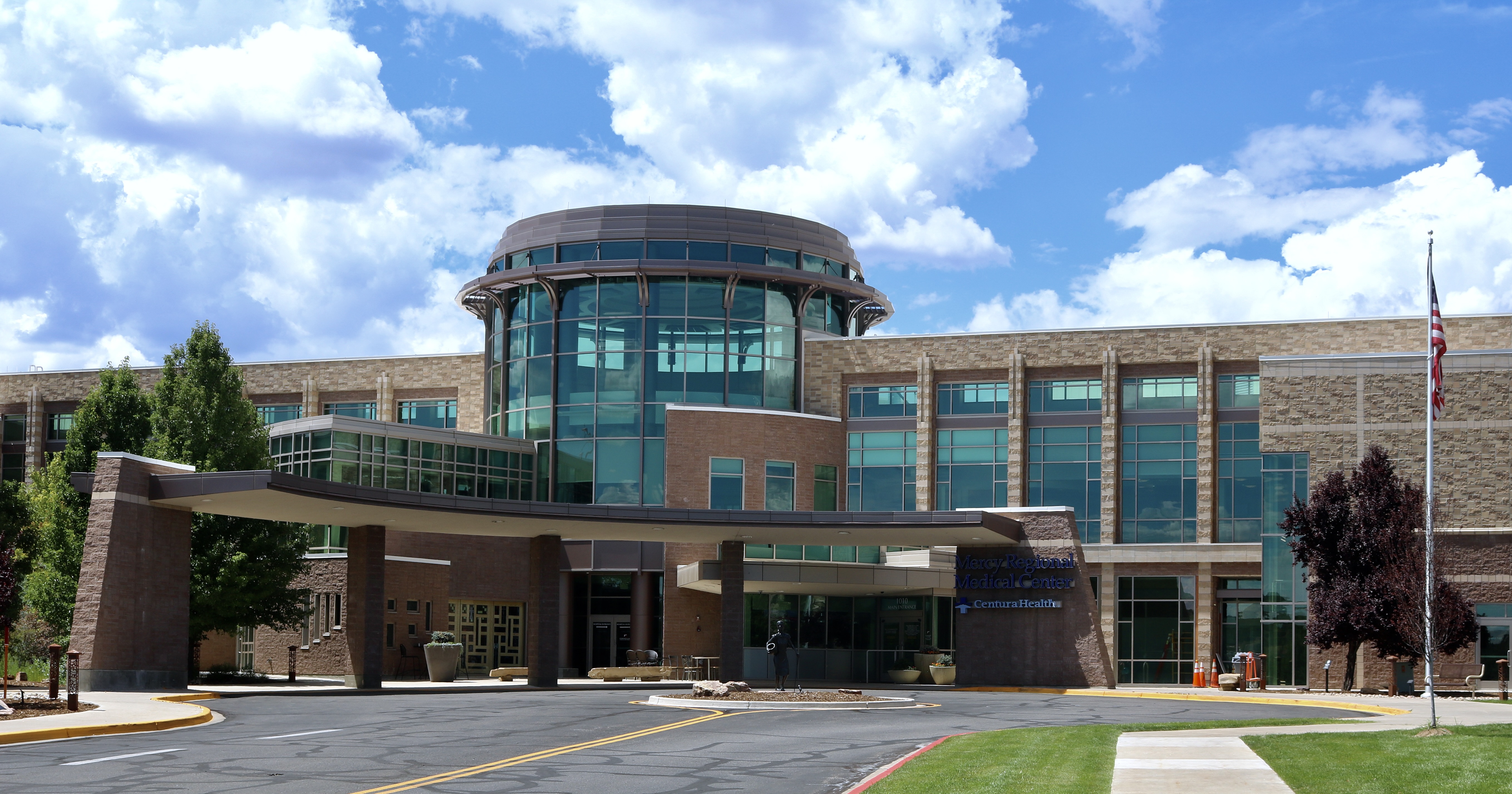According to a recent study published in Annals of Emergency Medicine, emergency department (ED) overcrowding significantly increases the amount of time sepsis patients have to wait to receive antibiotic treatment. Because timely treatment has been shown to be a key to reducing sepsis morbidity and mortality, the results of this study indicate that overcrowded EDs are a serious threat to patient outcomes.
The study followed 3,572 eligible sepsis patients. Of those, 14% arrived to an overcrowded ED. The results indicated that "when the ED was overcrowded, 46% of patients received antibiotics within 3 hours of ED arrival compared with 63% when it was not (difference 14.4%; 95% confidence interval 9.7% to 19.2%)."
Furthermore, "after adjustment, each 10% increase in ED occupancy rate was associated with a 4.0-minute increase (95% confidence interval 2.8 to 5.2 minutes) in door-to-antibiotic time and a decrease in the odds of antibiotic initiation within 3 hours (odds ratio 0.90; 95% confidence interval 0.88 to 0.93)."
Time is critical when dealing with conditions like sepsis, and ED overcrowding leads to significant delays in treatment. Solutions like Pulsara can help hospital teams pre-register patients, and even bypass the ED, saving time for the patient and stress for the care team. Contact us to learn how!
 Hannah Ostrem
Hannah Ostrem
![Overcrowded EDs Shown to Increase Time-to-Treatment for Sepsis Patients [New Research]](https://www.pulsara.com/hubfs/rn-md-WAIT.gif)
![[PRESS RELEASE] Published Research Finds Up to 31% Faster STEMI Treatment Times in Rural Hospital Setting with Pulsara](https://www.pulsara.com/hubfs/_1_website-page-blog-assets/pulsara-hosp-teams-assign-cardio-stemi-rn-1200x701.jpg)

